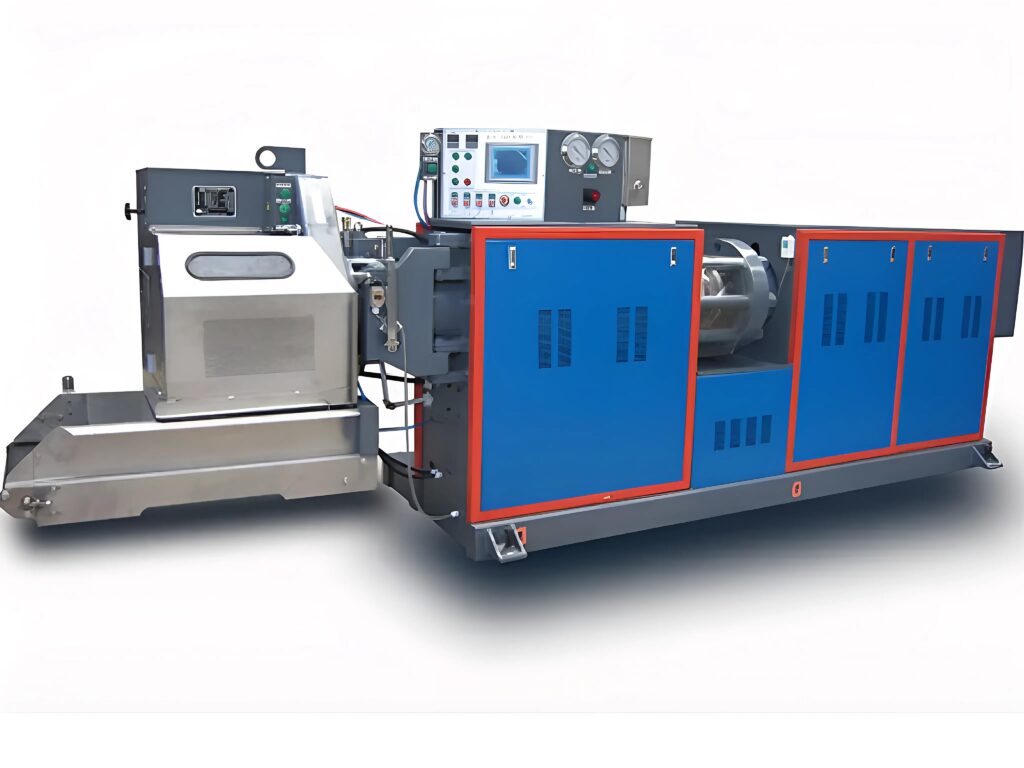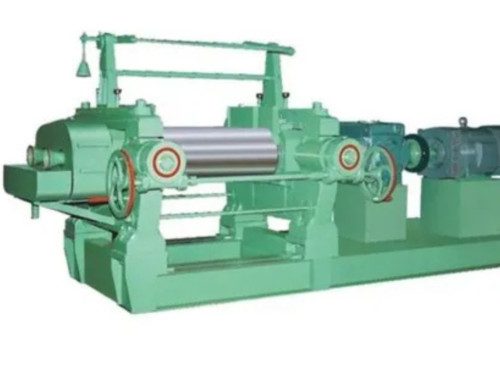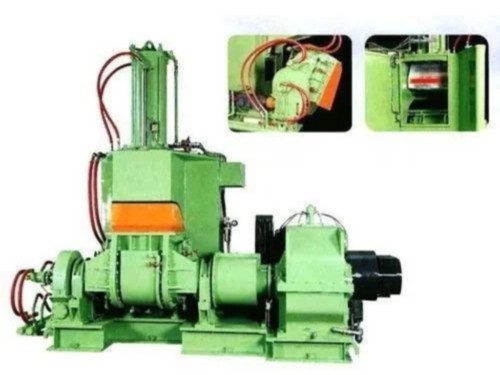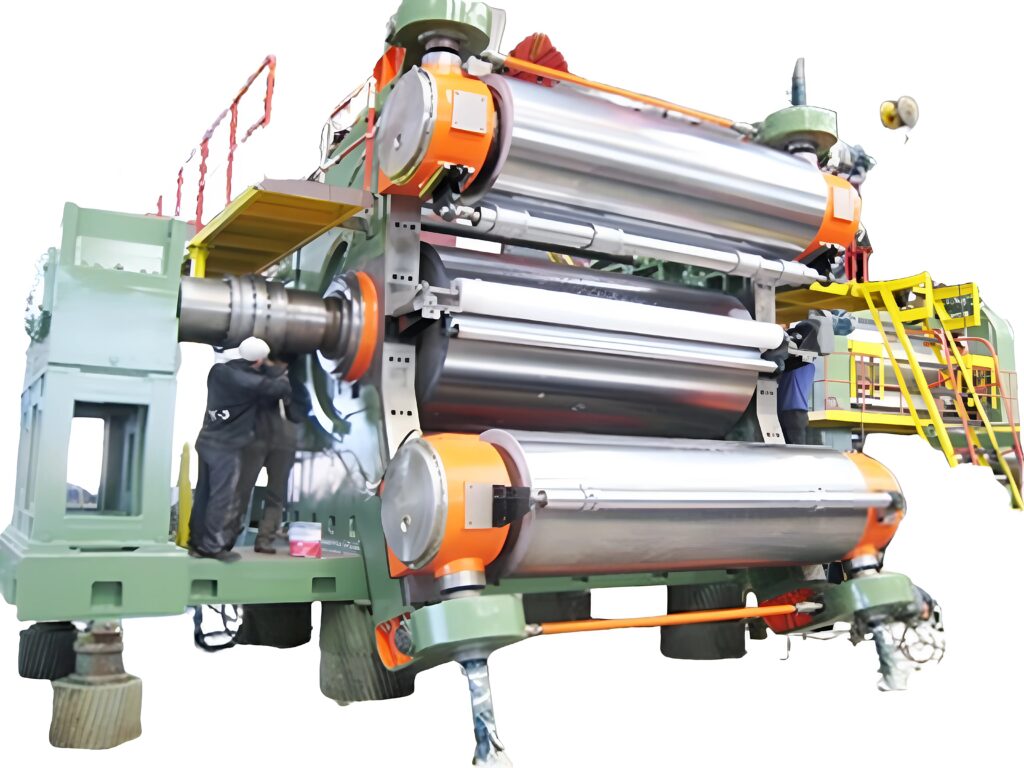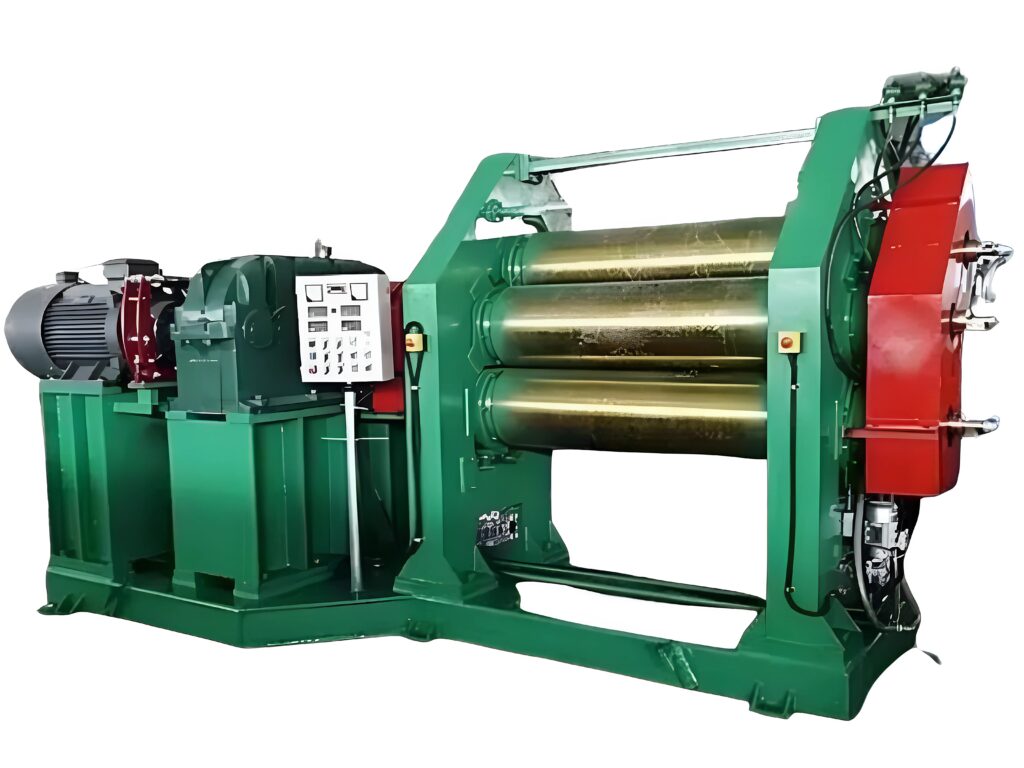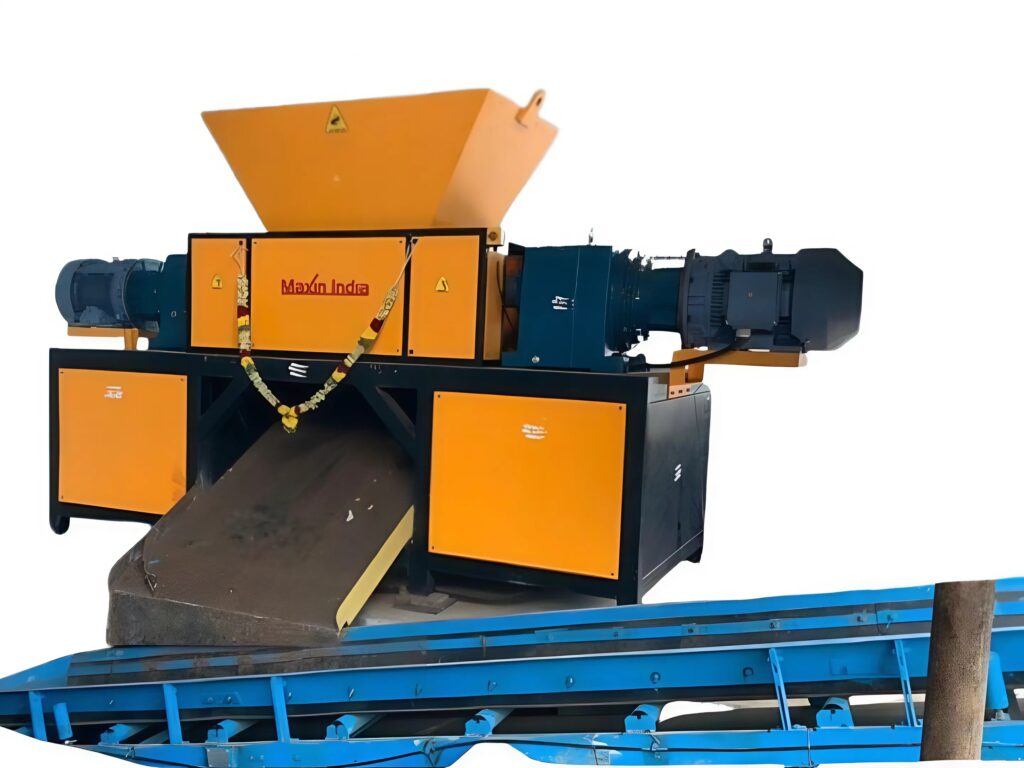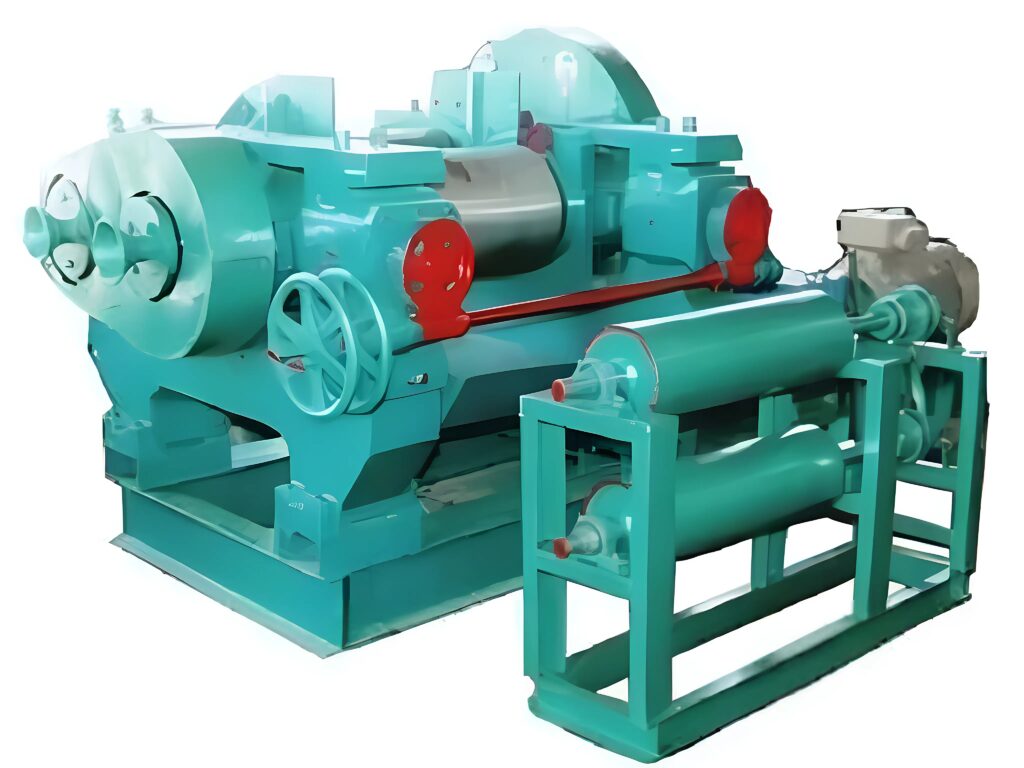Rubber Mixing Mills: Functions and Benefits Explained
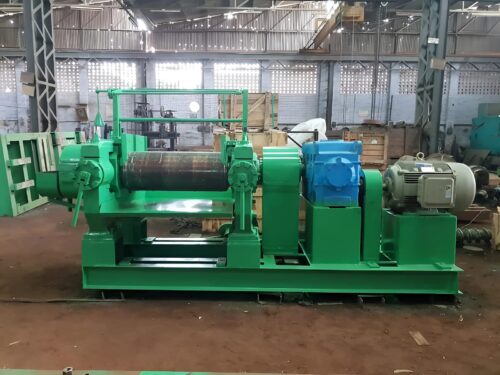
Rubbing Industries usually need the right equipment as difference makers. The rubber mixing mill is one of the more fundamental machines in rubber processing – designed to mix, refine, and blend rubber compounds so that the final product meets specific standards of quality. In the following guide, we will explore what rubber mixing mills do, how they operate, and the numerous advantages they bring to rubber production.
What is a Rubber Mixing Mill?
A rubber mixing mill is an application for mixing rubber compounds. Generally, these are devices with two large heavy-rotating rollers. Kneading, stretching, and mixing rubber material forms a homogeneous rubber mix applied in the manufacture of countless products from tires to gaskets.
The size and capacity of the rubber mixing mills can vary, but the purpose is always the same: to produce a uniform rubber compound. The rollers are usually made of steel, and their working temperature is controlled with water to avoid overheating and ensure uniform mixing.
How Does a Rubber Mixing Mill Work?
A rubber mixing mill revolves around two rollers in opposite directions to draw the rubber material in between them. Here’s how it works step-by-step:
- Feeding: feed materials such as rubber fillers, and other additive products are fed into the mill.
- Mixing and kneading: the rolling continues in opposite directions thereby kneading the rubber materials, while the roller gap is set by the person to determine the intensity.
- Stretching and Folding: Rubber undergoes stretching and folding to repeatedly combine it into a compound without developing defects.
- Temperature Control: Cool water continuously flows within the rollers as it cools down during rolling.
- Collection: Once the compound becomes consistent, it is drawn out for further processing if desired.
This continuous rubber mixing process ensures that it receives adequate conditioning, with additives well dispersed to produce good quality.
Key Benefits of Rubber Mixing Mills –
1. Thorough and Uniform Mixing:
Rubber mixing mills can be characterized by adequate uniform mixing of rubber compounds. The rollers apply uniform shearing forces that knead the rubber without lumps and are inconsistent. This tends to result in a very good product, an area where quality plays a significant role in rubber-based industries such as the automotive and construction industries.
2. Customizable Mixing Process:
The ability to adjust the spacing between rollers and control temperature conditions allows manufacturers to produce different rubber compound properties according to any requirements. This adaptability proves important in developing specialized types of rubber compounds for diversified applications.
3. High Material Properties:
The mixing mills break down rubber particles; this makes the final product more elastic, stronger, and longer-lasting. Therefore, the rubber compounds produced are of high quality and durable, thereby suitable for applications that demand much, such as tires, belts, and seals.
4. Increased Efficiency in Production:
Rubber mixing mills have a higher production speed compared to manual or other methods. They enable the manufacturer to produce large quantities in minimum time, thereby saving costs in terms of time and increasing production.
5. Cost Saver:
Rubber compound processing is a cost-effective process using rubber mixing mills due to their durability, light operation, and low repair needs, which reduce working costs in the long run.
Applications of Rubber Mixing Mills –
Rubber mixing mills are used in most industries requiring custom rubber compounds. Some of the major applications are as follows:
- Automotive: Tires, belts, hoses, and gaskets require special rubber mixes to resist wear and extreme conditions.
- Construction: Weather-resistant materials for windows, doors, and roofing products rely on rubber compounds.
- Footwear: The soles and heels of shoes use rubber compounds for durability and comfort.
- Industrial Products: In rubber manufacturing, seals, gaskets, and rollers require certain types of rubber for longevity and performance.
Choosing the Right Rubber Mixing Mill –
The manufacturer should consider these factors before buying a rubber mixing mill:
- Roller Size and Speed: Choose the size and speed of rollers suitable for your production requirements
- Capacity: The milling capacity must also align with your volume production requirement.
- Temperature Control: The design of the mill should incorporate an effective cooling system that prevents overheating
- Safety Features: The mill in use should have safety features that protect users during the operation process
Conclusion –
With its efficiency, consistency, and adaptability, rubber mixing mills are the most used machinery in the rubber processing industry. With this equipment, manufacturers can come up with high-quality rubber compounds suitable for specific industries. Thus, businesses will benefit through increased productivity, lower cost, and assuredly made quality rubber products with proper selection of rubber mixing mills.
Whatever your industry it is automotive, construction, or footwear-rubber mixing mill represents the flexible, economical solution when raw rubber is turned into material ready for almost any application.
Follow For More Information Visit Here

 Compression Molding
Compression Molding

